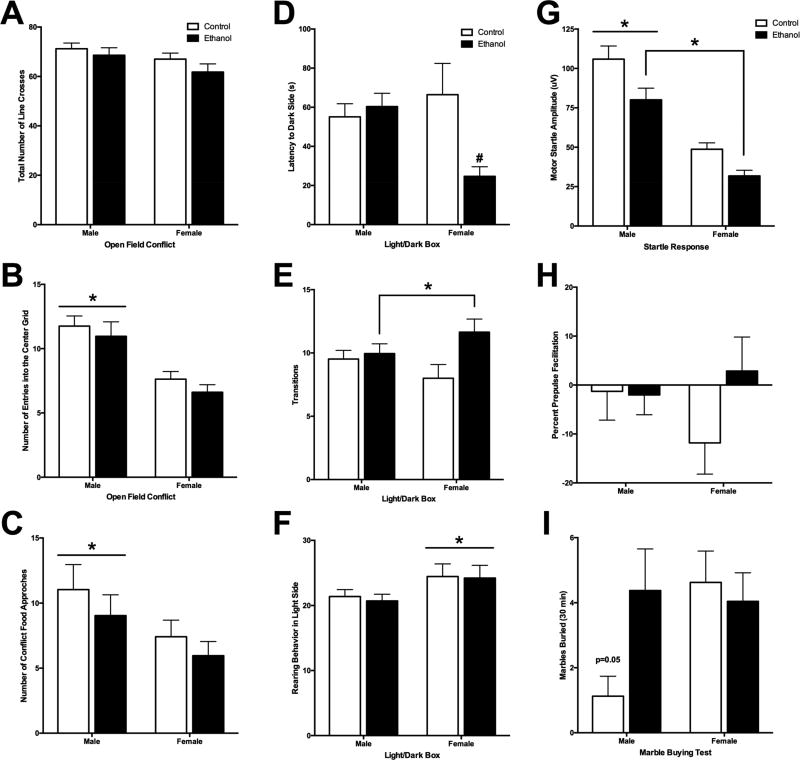Figure 2. Adolescent Ethanol Exposure on Neurobehavioral Paradigms in Adulthood.
(A) There was no significant difference in mean (±SEM) number of line transitions that occurred during the open field conflict test in adulthood. (B) While there was no effect of ethanol exposure, adult male rats had more mean (±SEM) number of entries into the center grid of the open field box compared to female adult rats. (C) The mean (±SEM) amount of appetitive food consumed in the center grid of the open field box was no different between groups. (D) There was a significant interaction between ethanol exposure group and sex with latency (mean±SEM) to enter the dark chamber after being initially placed in the Light chamber during Light/Dark test. Females exposed to ethanol during adolescence demonstrating a quicker latency to enter the dark compared to female controls. (E) There was no significant differences in mean (±SEM) amount of time spent in the dark chamber during the Light/Dark test. (F) While there was no effect of ethanol exposure on mean (±SEM) number of rears in the light chamber during the Light/Dark test, adult female rats demonstrated more rearing behavior compared to male adult rats. (G) Ethanol exposure during adolescence resulted in reduced mean (±SEM) amplitude for motor startle response during ASR task compared to controls. Male rats also had a significantly greater motor startle response compared to female rats. (I) Percent Pre-pulse facilitation response (mean±SEM) was not significantly different between groups. (J) While trending, there was no significant effect of mean (±SEM) number of marbles buried in 30m during the Marble burying test. *p < 0.05 main effect of group, #p < 0.05 vs. control group.

